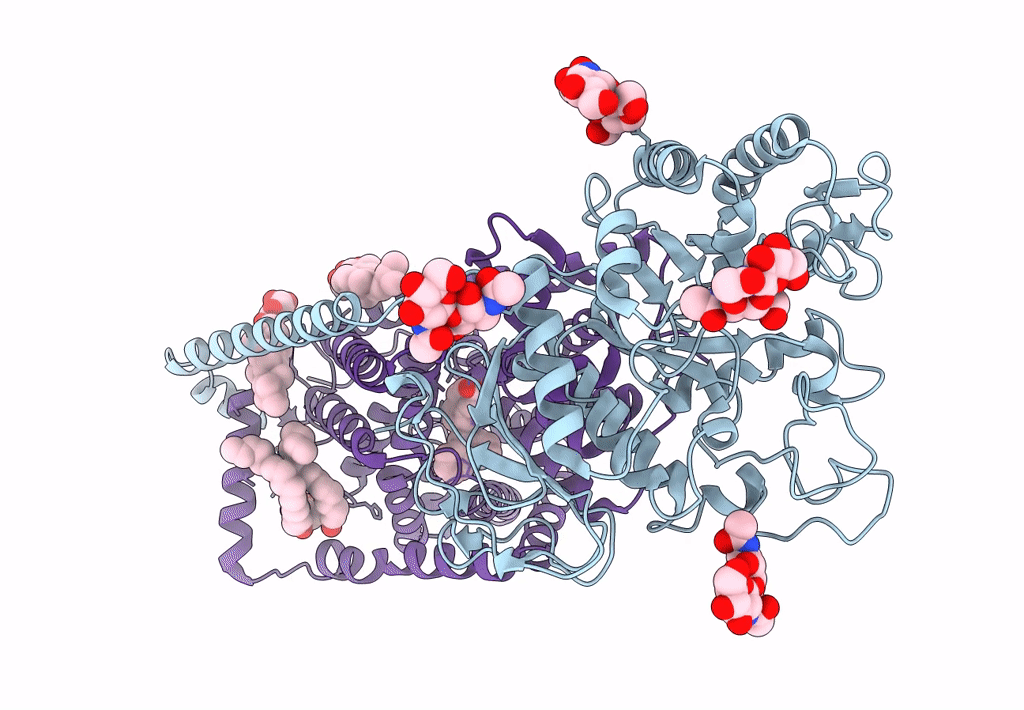
Deposition Date
2020-12-31
Release Date
2021-03-10
Last Version Date
2024-11-06
Entry Detail
PDB ID:
7DSL
Keywords:
Title:
Overall structure of the LAT1-4F2hc bound with JX-078
Biological Source:
Source Organism:
Homo sapiens (Taxon ID: 9606)
Host Organism:
Method Details:
Experimental Method:
Resolution:
2.90 Å
Aggregation State:
PARTICLE
Reconstruction Method:
SINGLE PARTICLE


